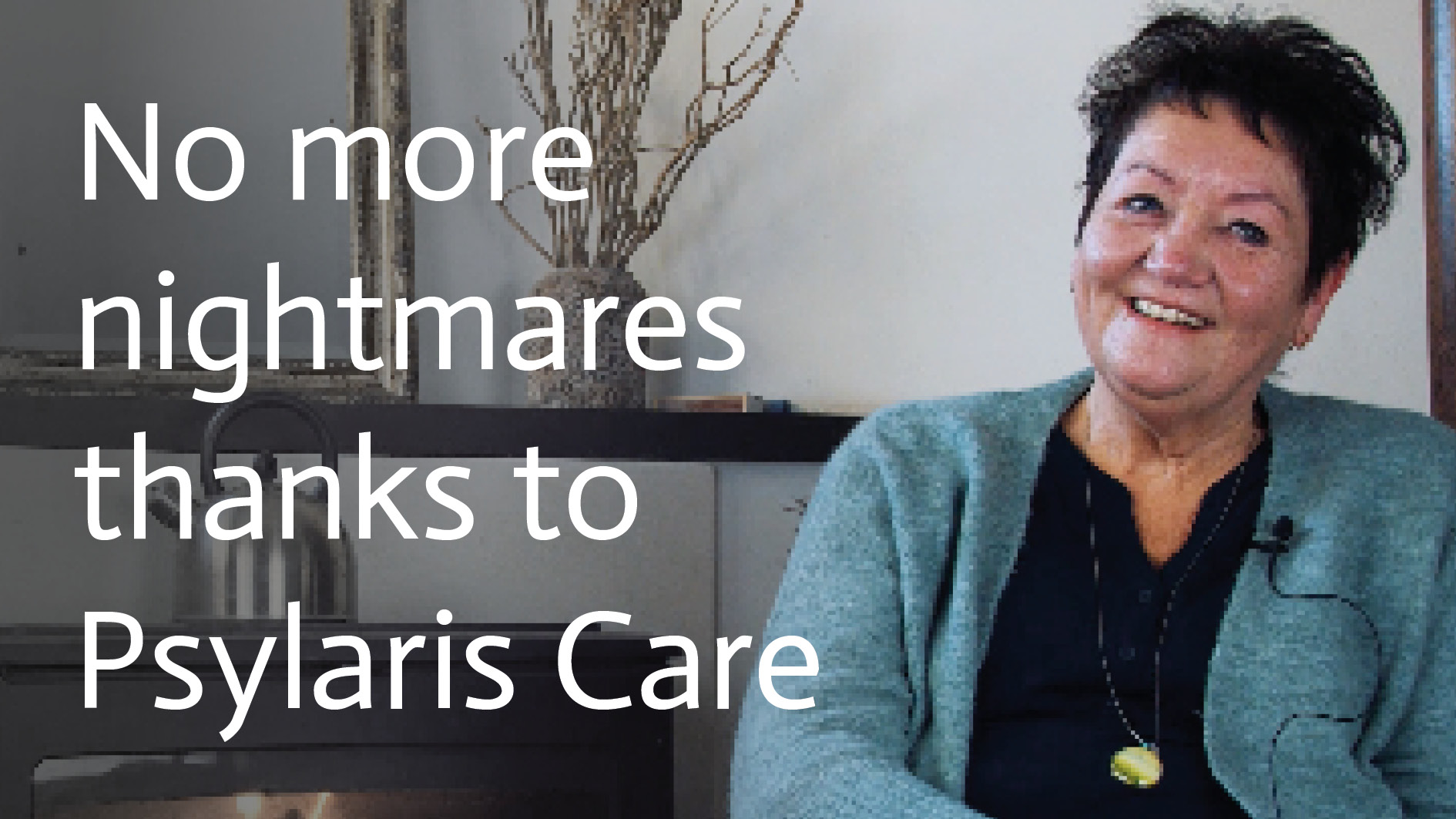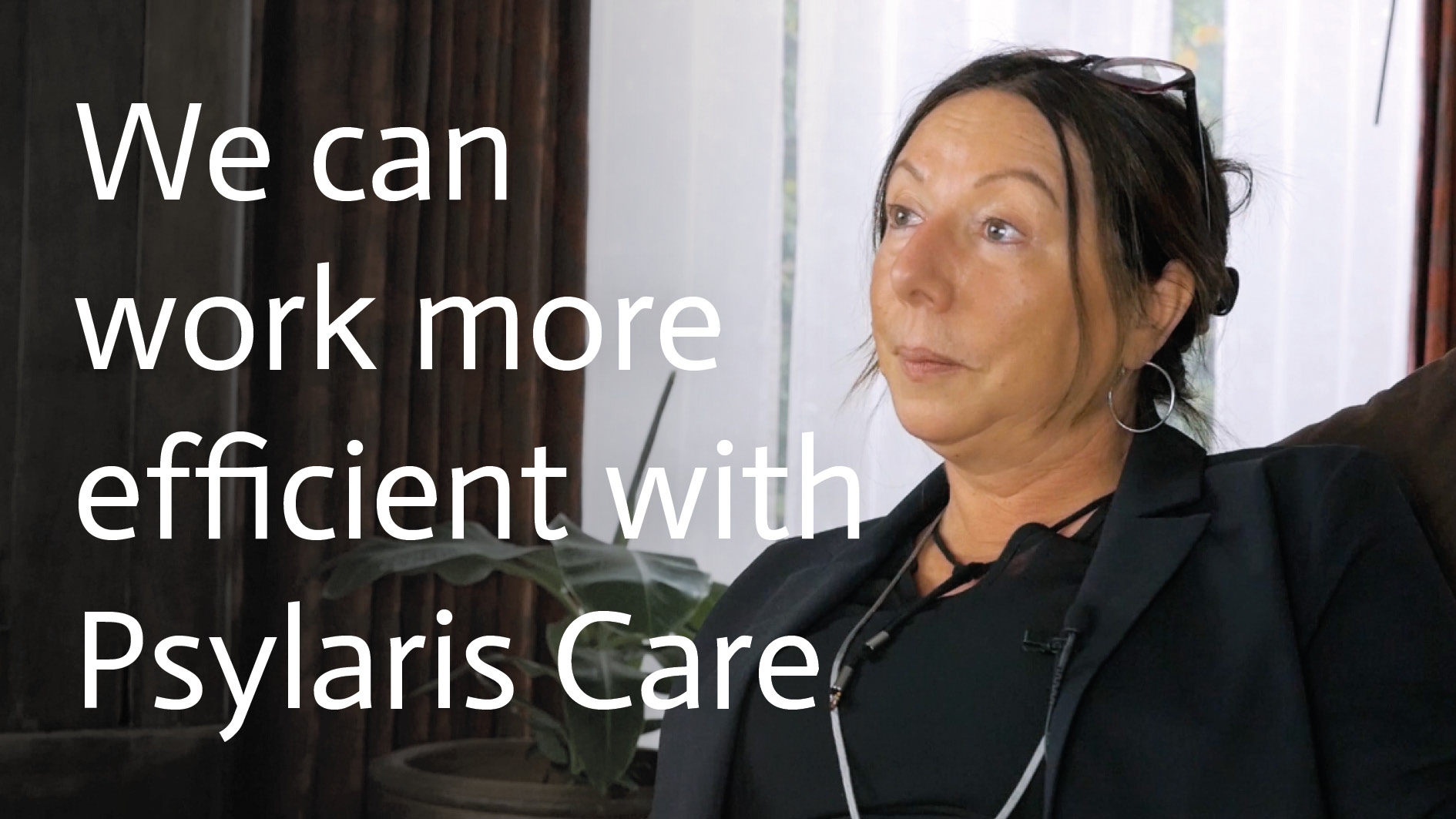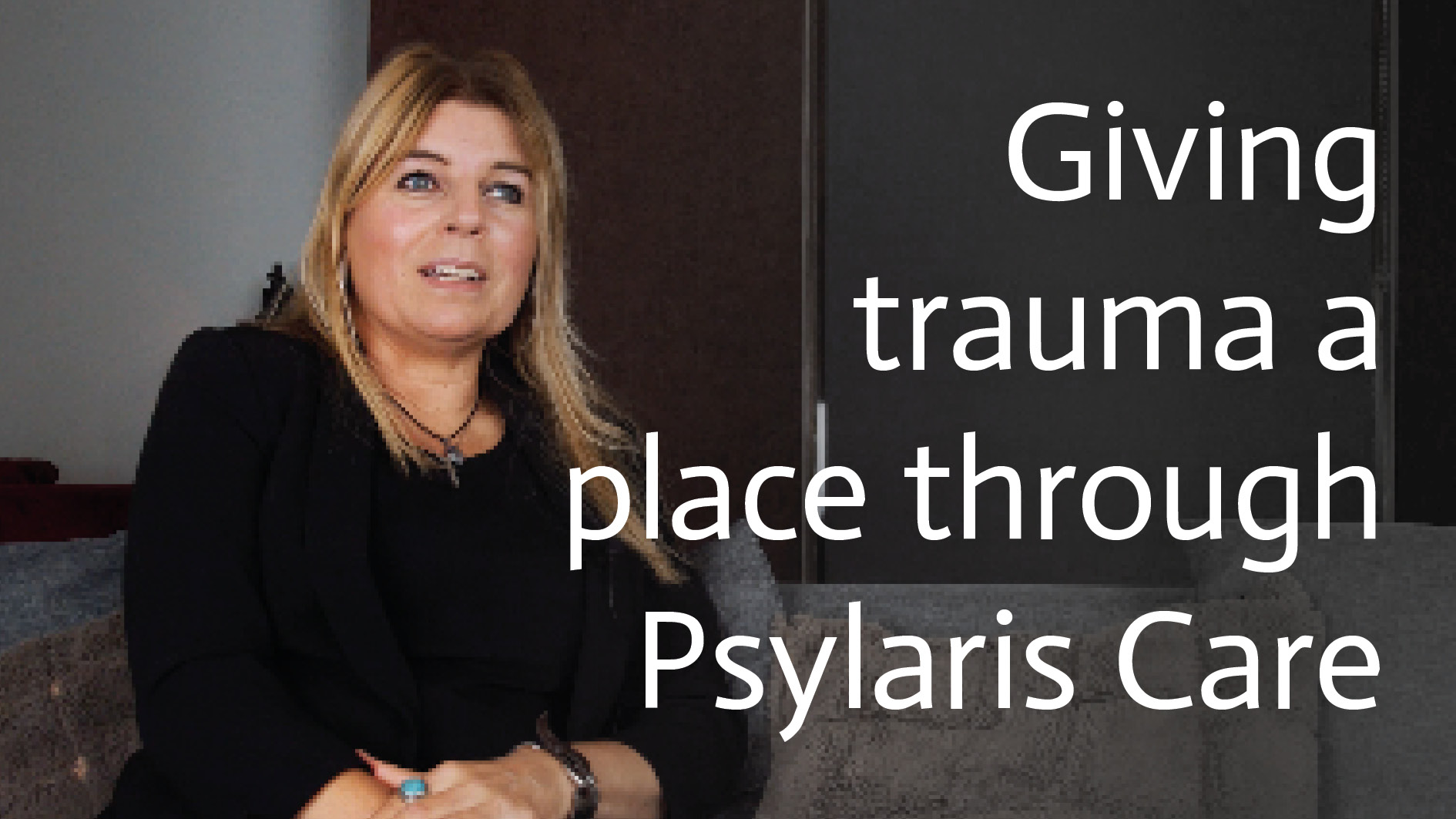As in many other sectors and professions, digitalisation is also in full swing in the health sector. With all its consequences. Blended care and eHealth are terms that are appearing more and more often in this context. The visions on this are very different. Some see it as a wonderful future with intensive cooperation between client and care provider, others see it as a serious threat to the privacy of everyone involved in a file. In this blog, we take a closer look at the advantages and disadvantages of blended care.
What is blended care?
Let us first define what exactly we mean by blended care. Blended care is a combination of traditional care (face-to-face) and online care. The use of digital tools is also called eHealth. Blended care has many advantages in terms of efficiency, quality and cost savings. One example is the involvement of the client in his/her own file. A concrete example is that the client writes the report of the conversation, not the practitioner. The practitioner could then complete it. As mentioned in the introduction, opinions on this subject differ. What consequences will digitisation have for client privacy?
Privacy and blended care: contradictory?
Privacy: there is a lot to be said about this. Especially now that we are only a few weeks away from the new European data protection legislation: the AVG. Personal data that is stored digitally represents a privacy risk. Especially when it concerns sensitive information such as that processed in the healthcare sector. Citizens are becoming increasingly aware of how this information can be misused. They no longer simply consent to the processing of their data. Online registrations, digital client files and online conversations with the doctor via video telephony seem to be developments that do not go hand in hand with the increasing awareness of privacy protection.
But are the risks to privacy an obstacle to blended care, or is the right level of privacy primarily a condition for making these developments possible? The advantages of blended care are indeed numerous. Let us briefly explain the most important of them.
Efficiency
A major advantage of mixed care is efficiency. When a client fills in his or her details during online registration and these details are immediately entered into each new form, this saves the care provider a lot of time during registration. Time that he or she can spend on actually helping the client.
Quality
The client writing his or her own interview report is not only an example of more efficiency, but also of more quality. At least from the client's point of view. After all, he or she writes the report as he or she experienced the interview. The fact that the care provider can also add notes increases the quality of the report.
Cost savings
Finally, research has shown that mixed care is also cost-saving. This is an advantage that will weigh heavily in the boardrooms.








